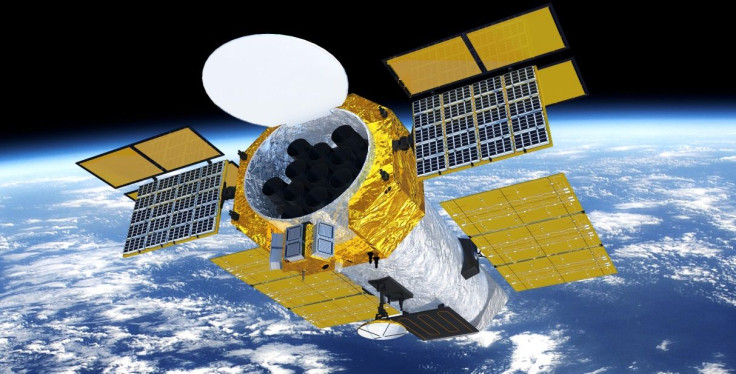China’s Flagship X-Ray Space Observatory, eXTP, Launch Planned For 2025

Even as China’s first module of its space station, Tiangong-1, is about to come crashing down to Earth in a 3-4 weeks, the Asian country is planning the launch of a next-generation X-ray space observatory. In an announcement March 2, the Chinese Academy of Sciences (CAS) said it was starting work on the enhanced X-ray Timing and Polarimetry (eXTP) satellite, with plans to launch it in 2025.
The satellite would study black holes, neutron stars and quarks, among other objects, and the team behind it hopes it would put China in the top league of X-ray astronomy by 2035, Zhang Shuangnan, principal investigator of eXTP from CAS’ Institute of High Energy Physics (IHEP), said in a statement Wednesday.
“Since we have developed excellent technology and talent in X-ray astronomy, it’s highly possible that we can take a leading role in this field if we keep pursuing it with more advanced detection instruments,” Zhang said.
Some of the advanced features on eXTP would include arrays for large-area spectroscopic focusing and collimator, polarimetry focusing as well as a wide-field monitor. These would make it superior to a number of existing X-ray satellites, including China’s own Hard X-ray Modulation Telescope (HXMT), which was launched in mid-June 2017.
“It will have obvious strengths in studying various high-energy celestial bodies, and detecting gamma-ray bursts and electromagnetic signals corresponding to the gravitational waves. Its observation will help test general relativity under extreme gravity, quantum electrodynamics under extreme magnetic fields as well as quantum chromodynamics under extreme density. The research will eventually contribute to the solving of major scientific questions such as what happens around black holes? What do quantum fluctuations in vacuum state generate? And, what is the state of matter inside neutron stars?” Zhang explained in the statement.
eXTP would be an international project, led by China, with participation from a number of research institutions from over a dozen countries, mostly European. China will cover about two-thirds of the cost for eXTP, which, at about 3 billion yuan ($473 million), is the country’s most expensive space-science project ever approved so far. The remainder of the expense will be met by contributions in kind by European partners and the European Space Agency.
HXMT (also called Insight) was China’s first X-ray satellite, and after five months of calibrations and testing while in orbit, it began its science operations Jan. 30. It was the first of the three planned steps of China’s high-energy astrophysics observations, and the planned eXTP would be the second. The third step would include two satellites — Hot Universe Baryon Survey and Space Cosmic Microwave Background Polarimetry Telescope. These final two are currently scheduled for launched in 2030 and 2036 respectively.
In the next two decades, China also plans to land a rover on the far side of the moon, and on Mars, and to set up its own space station (Tiangong-1 module failed, but Tiangong-2 is in orbit, and other modules are planned to dock with it). The country has also been simulating moon bases on Earth to prepare for long-duration space flights and missions in the future. But it needs to get its launch technology in order, after its biggest rocket, Long March-5, failed its last test in July.
© Copyright IBTimes 2024. All rights reserved.





















